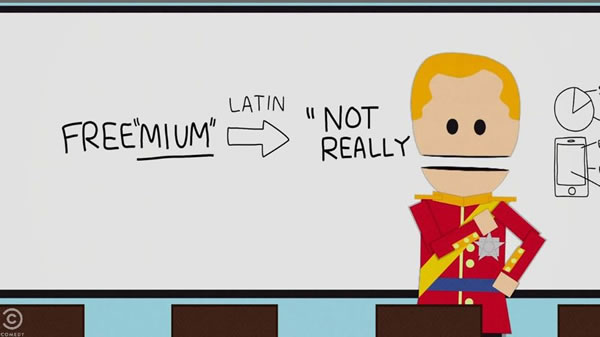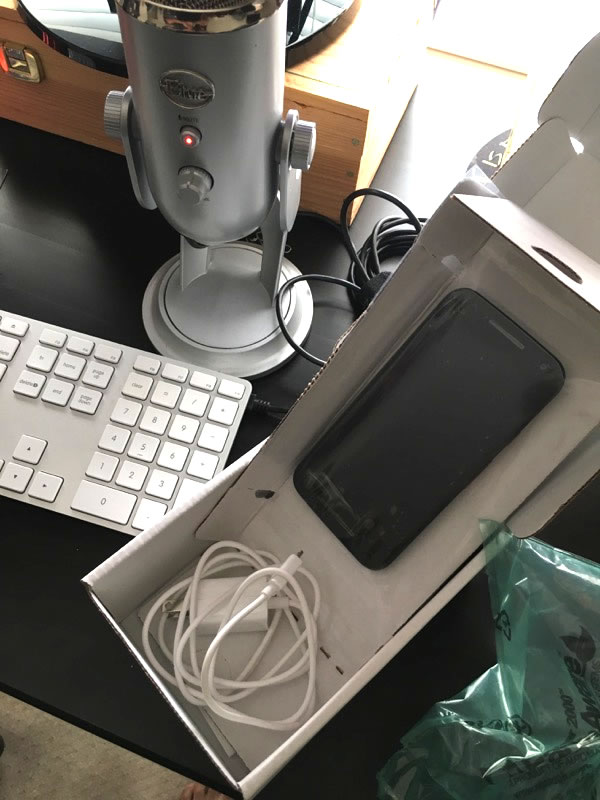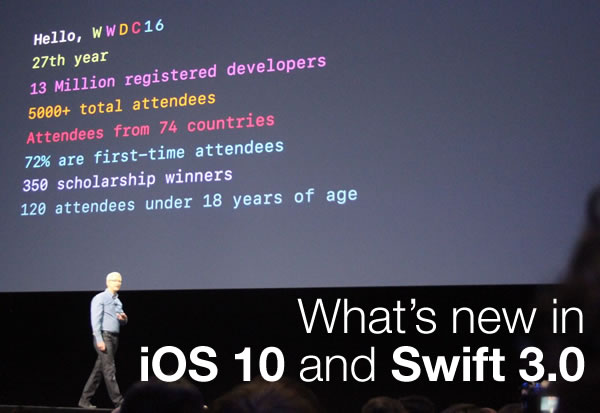One of my goals for this year was to finally build a finished app (well, as “finished” as any software development project gets, anyway) and put it in the App Store. That happened this week when I finished coding Aspirations Winery’s Wine Crush — like Candy Crush, but with wine — and submitted it to the App Store for approval Tuesday evening. The approval came Wednesday afternoon, and by Wednesday evening, it was available from the App Store!
The app runs on iPhones, iPads, and iPod Touch devices running iOS 9.0 or later.
Rather than tell you what Aspirations Winery’s Wine Crush is like, let me show you in a video that runs exactly one minute and thirty seconds:
Here are screenshots of the first four levels in the game. Each one is slightly more challenging than the last:

Aspirations Winery’s Wine Crush is free as in “it will not cost you a thing, ever”, and not free as in “freemium”:

If you’d like to get your hands on this app, you can click on the graphic below, which I am now allowed to use…
…or you can simply fire up the App Store on your iPhone, iPad, or iPod Touch and search for Aspirations Winery or Joey deVilla.
My thanks to:
- Bill and Robin Linville of Aspirations Winery for going along with my “Hey, let me make an app for your business”, and for rewarding me and Anitra with their friendship and a fair bit of free wine to boot,
- Robin Linville for creating most of the game’s graphics, and
- my wife Anitra Pavka for her testing, occasional prodding to finish the app, and suggestions.















